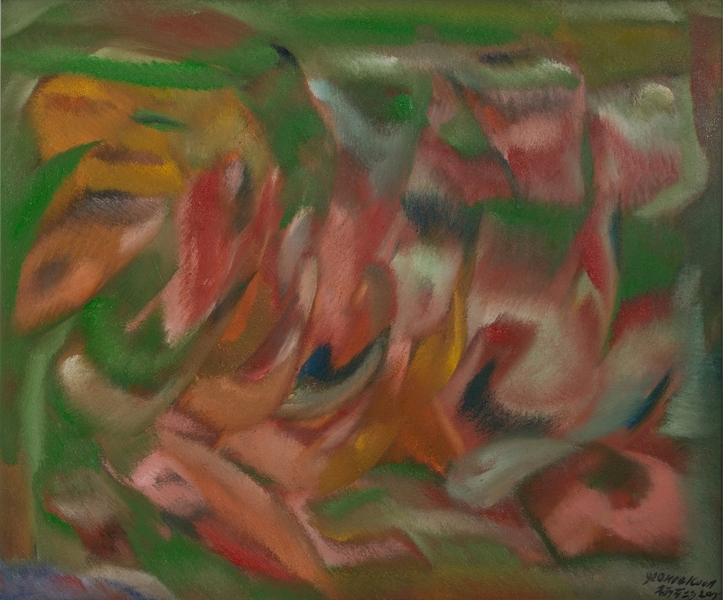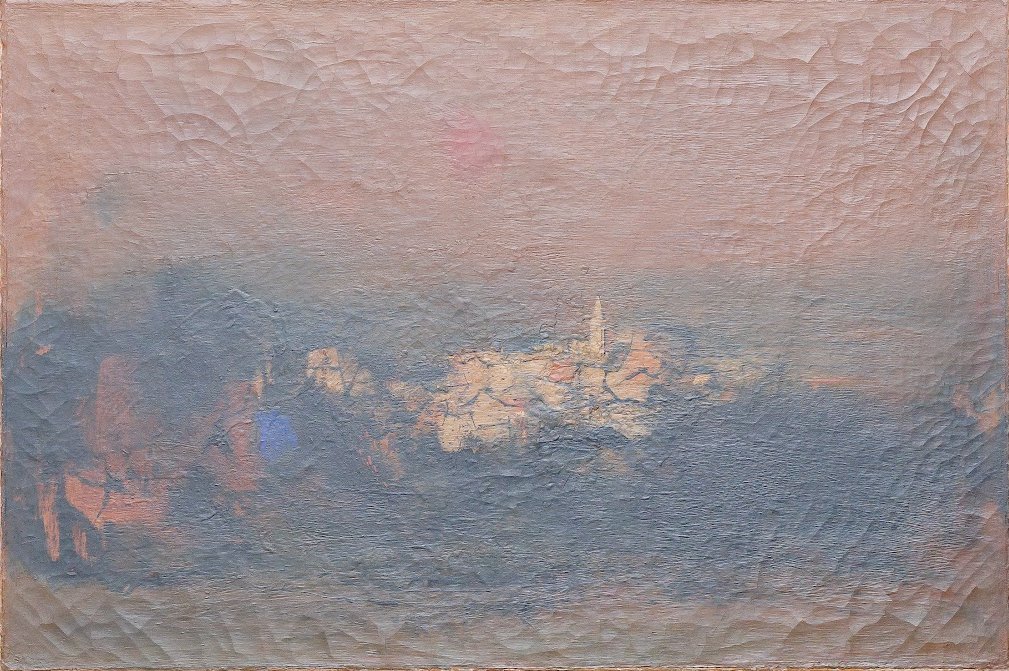Acrylic Painting on Canvas Team Bonding Art Jamming Singapore Visual Arts Centre
























Yeo Hoe Koon
Oil on Canvas
64 x 89.5 cm
Price Range: $16,000 - $20,000

Yeo Hoe Koon
Oil on Canvas
101 x 123 cm
Price Range: $26,000 - $32,000

Chen Wen Hsi
Chinese Ink and Color on Paper
50 x 54cm
Price Range: SGD $42,000 - $50,000

Cheong Soo Pieng
Red Tone
61 x 91.5cm
Price Range: SGD $108,000 - $138,000

Cheong Soo Pieng
Abstract Landscape
50 x 61cm
Price Range: SGD $95,000 -$128,000

Fan Shao Hua
Chinese Ink and Colour on Paper
100 x 100cm
Price Range: SGD $9,800 - $14,800

Fan Shao Hua
Chinese Ink and Colour on Paper
100 x 100cm
Price Range: SGD $8,800 - $13,800

* Video contains partial nudity, viewer discretion is advised *
An experienced model for the past 9 years, Shirley has mentioned that she does not feel awkward being naked in front of people. She has also mentioned that as an artist, she uses her body as her tool.
According to Shirley, “the only criteria to be a nude model is to be confident in your own skin”.
Recollecting back to the first time Shirley did nude modelling, it had already occurred to her that she would be in the presence of multiple artists. Artists who are beginners, retired, and even those with have full time jobs.
During the breaks in the Nude Life Model drawing session, the model would walk around and look at the many artists’ works. The model would interact with the participants whilst they enquire her about the shading and tones, as well as compliment their works.
Interested in participating in Nude Life Drawing session?
If you interested in attending a Nude Life Drawing session, sign up for the Nude Life Drawing with Artist Guidance Workshop that we organise twice every month!

Students perfecting their artworks (highlights and shadows)
A professional artist will be present to guide you in capturing the beauty of the human figure. So do not worry if you’re a beginner, everybody has to start somewhere!
Throughout the 2.5 hours Nude Life Drawing workshop, you will learn the basics of human figure drawing, capturing the beauty of the human figure. There will be several short and long poses made by the model. So don’t blink as you capture their every motion, shade, tone, skin texture and gesture of the model with your own interpretations.
A nude life model is beneficial for those who are constantly drawing figures, because the presence of a life model allows you to understand the tones and shadings of a human body.
If you are interested in attending or have any questions about our Nude Life Drawing Workshop, feel free to contact us @ 6733 2155 / 6255 0711. You can also email us at info@visualartscentre.sg
Click here for more information about our Nude Life Drawing with Artist Guidance Workshop.
Click and get to our WhatsApp
Embark on a captivating journey into the vibrant world of digital art! Our Foundation in Digital Art workshop invites budding creatives aged nine and above to unleash their imagination and hone their artistic skills in a dynamic, supportive environment. From mastering basic digital tools to crafting mesmerizing digital masterpieces, children will explore a spectrum of techniques guided by seasoned mentors. Through hands-on activities and interactive sessions, participants will discover the endless possibilities of digital expression while fostering creativity and critical thinking. Join us for an exhilarating adventure where young artists transform ideas into stunning visual realities, igniting a passion for digital art
In the Batik Introduction Handkerchief Painting workshop, participants will learn the traditional art of batik, a wax-resist dyeing technique originating from Indonesia. The workshop begins with a brief history and overview of batik, highlighting its cultural significance and various techniques. Participants will then observe a demonstration of applying wax with tjanting tools and dyeing the fabric. Following the demonstration, each participant will design and create their own batik handkerchief, applying wax to create patterns and then dyeing their fabric. The workshop concludes with a group discussion, allowing participants to share their creations and reflect on their learning experience.